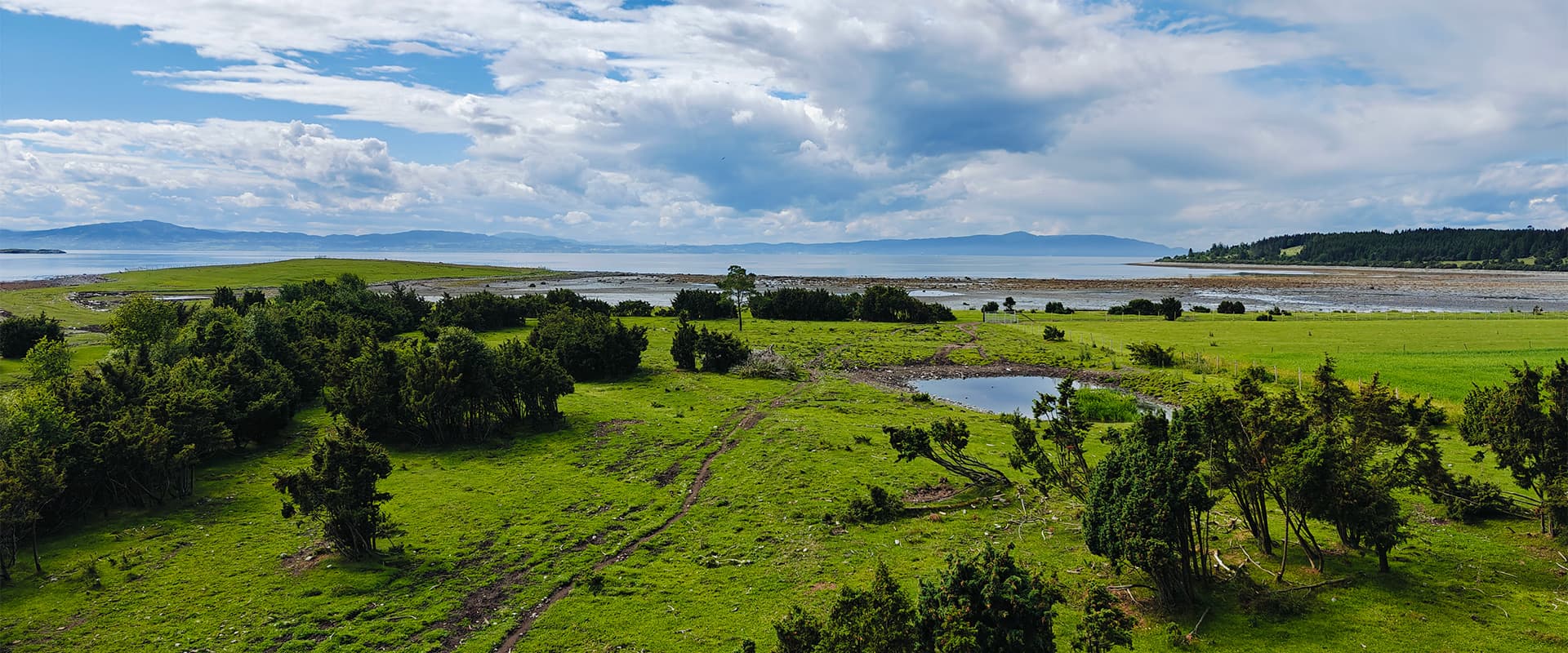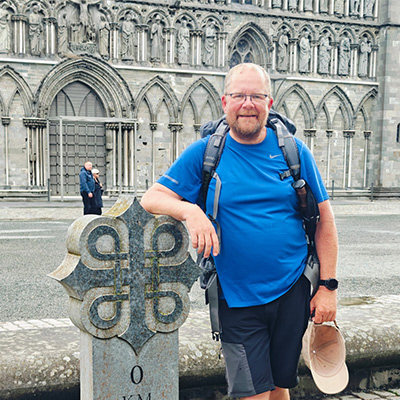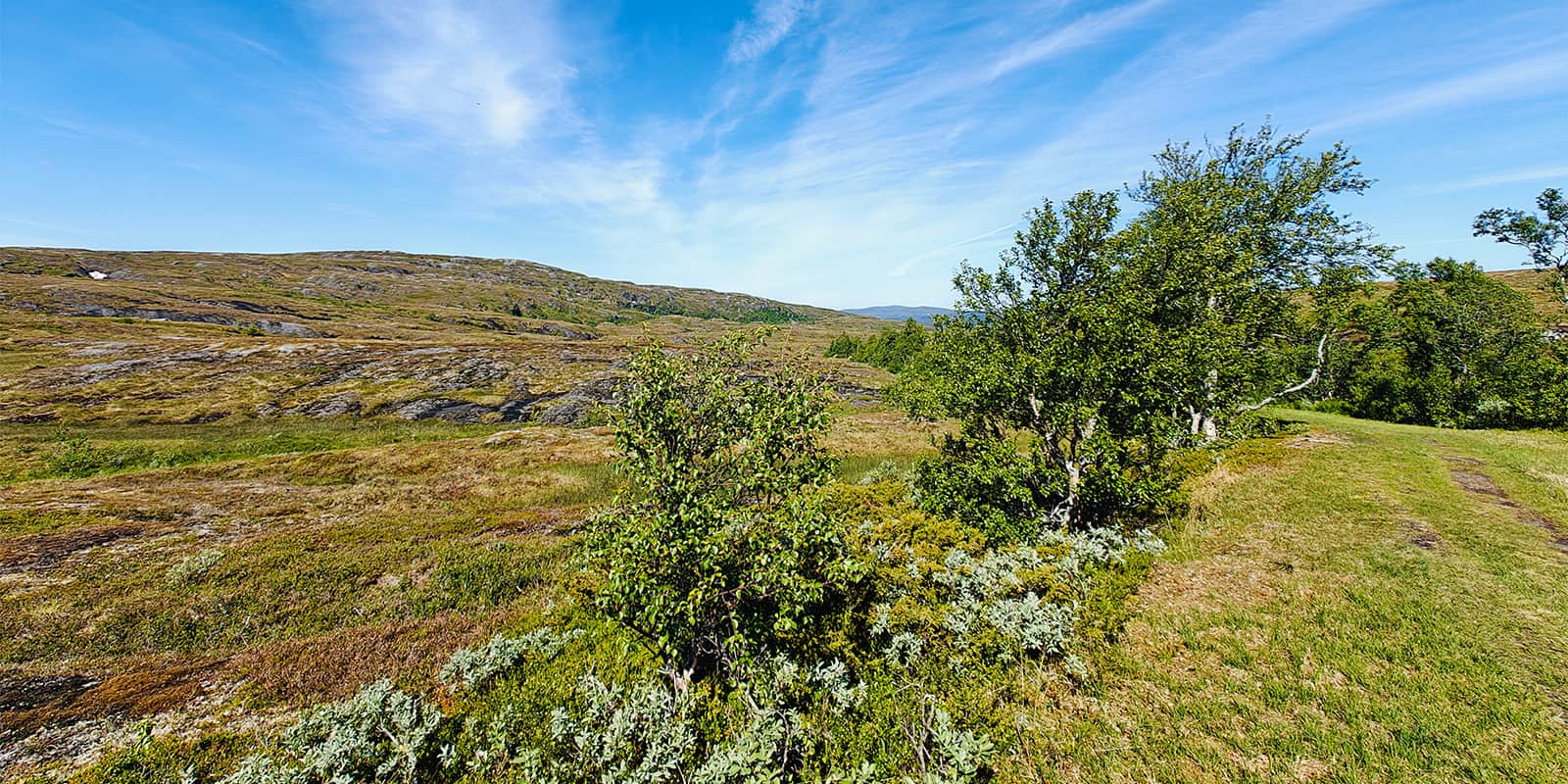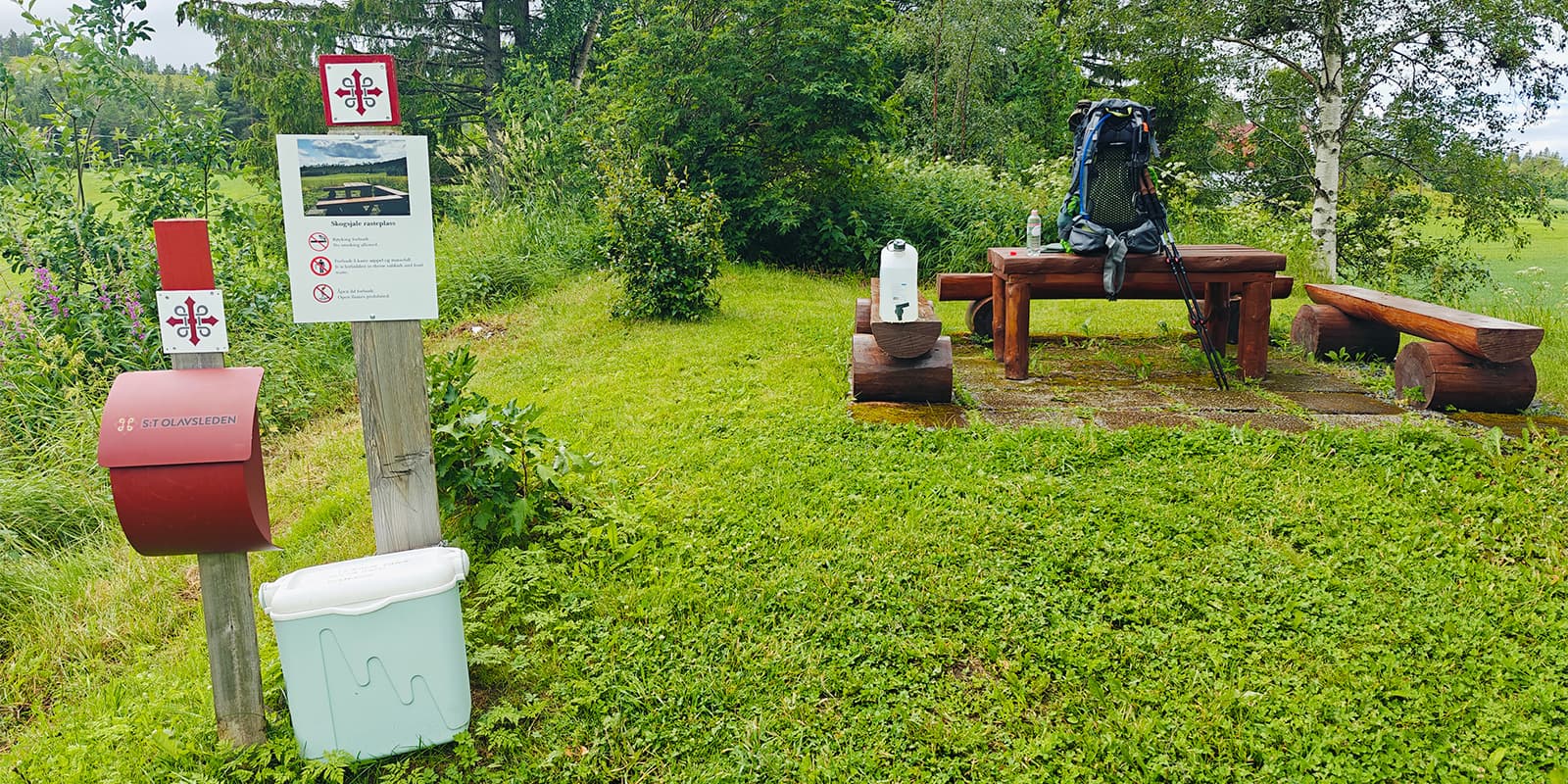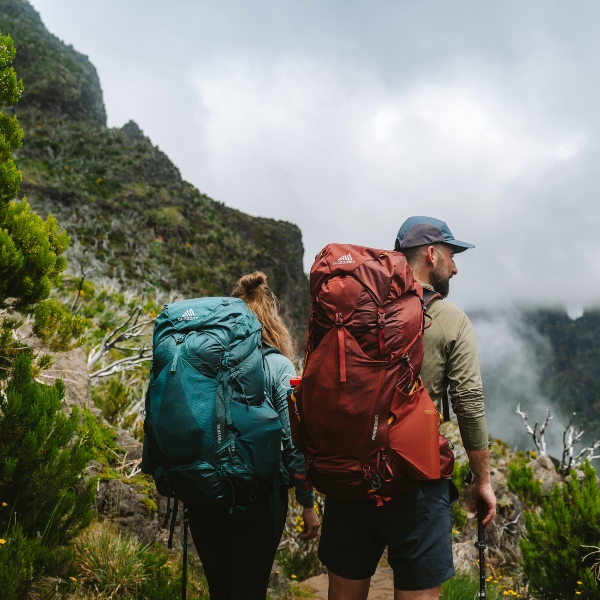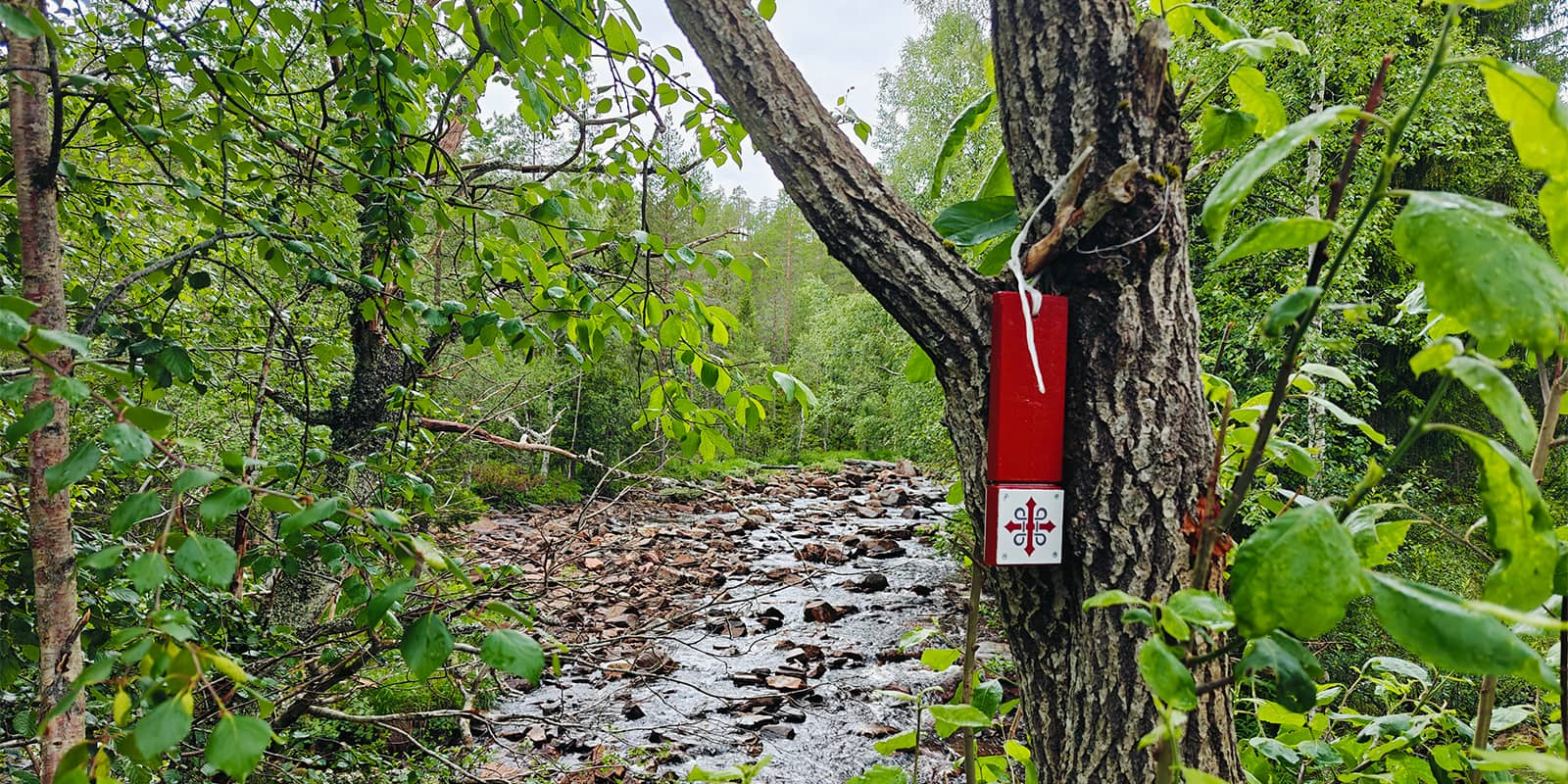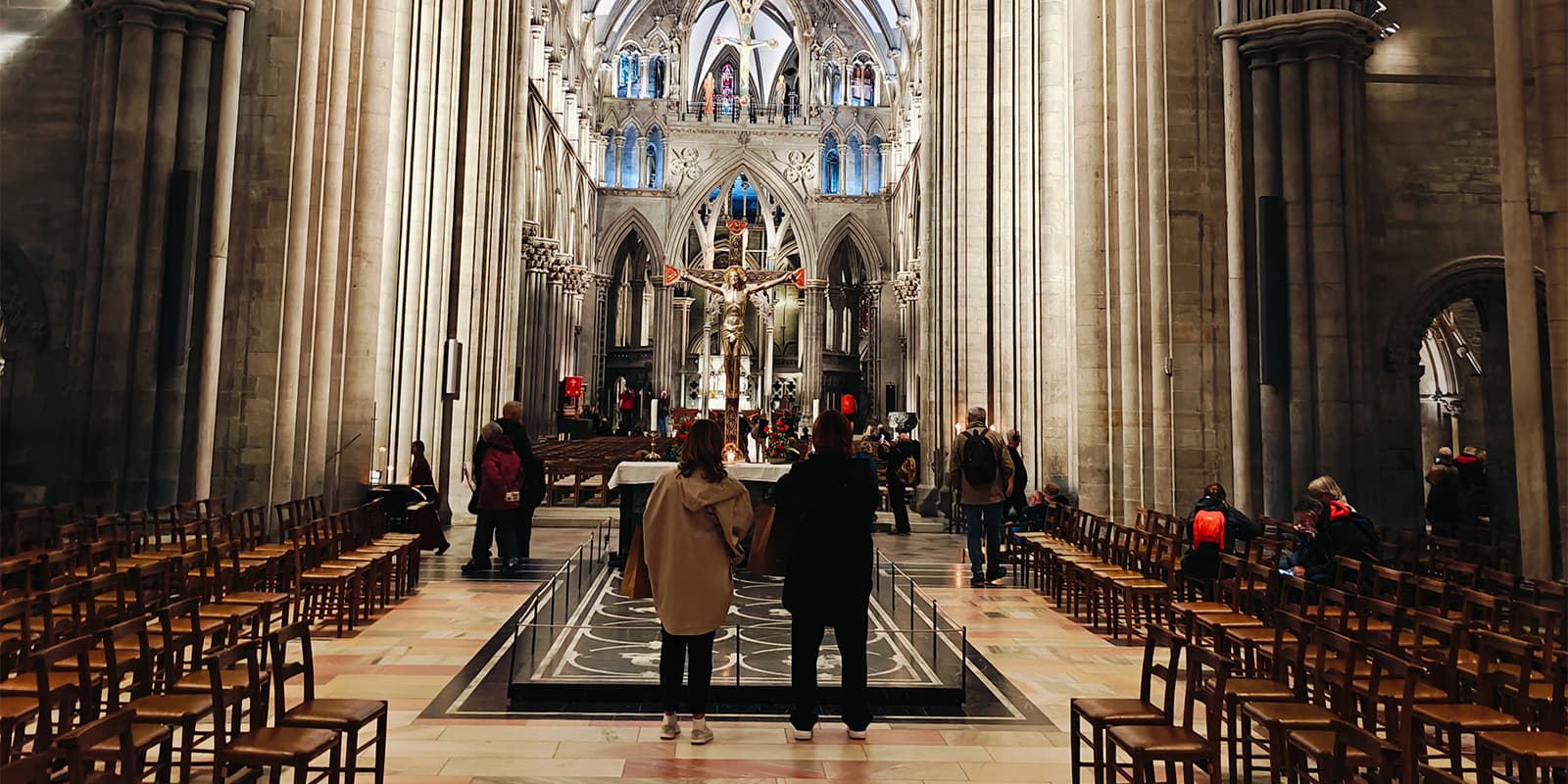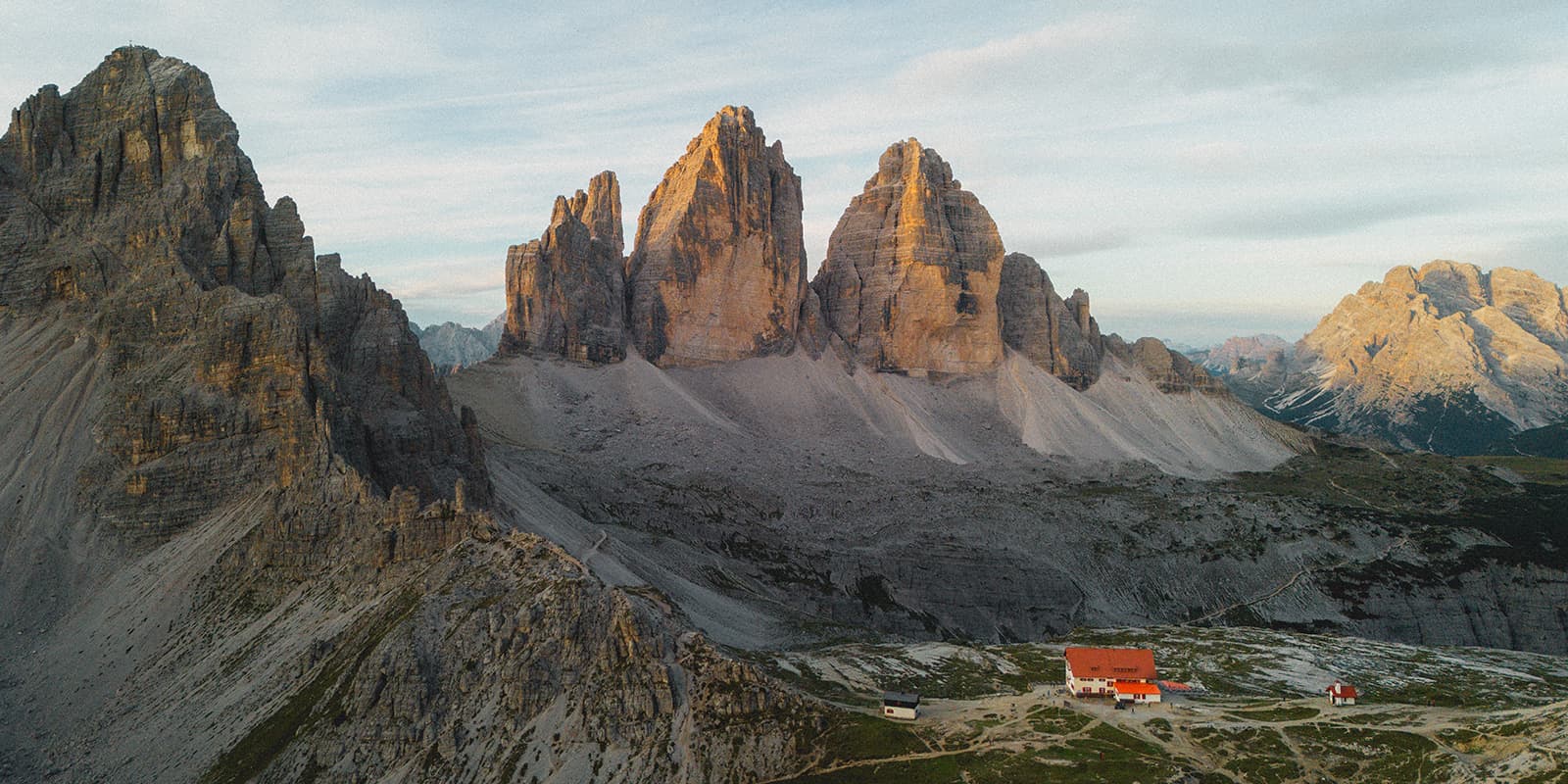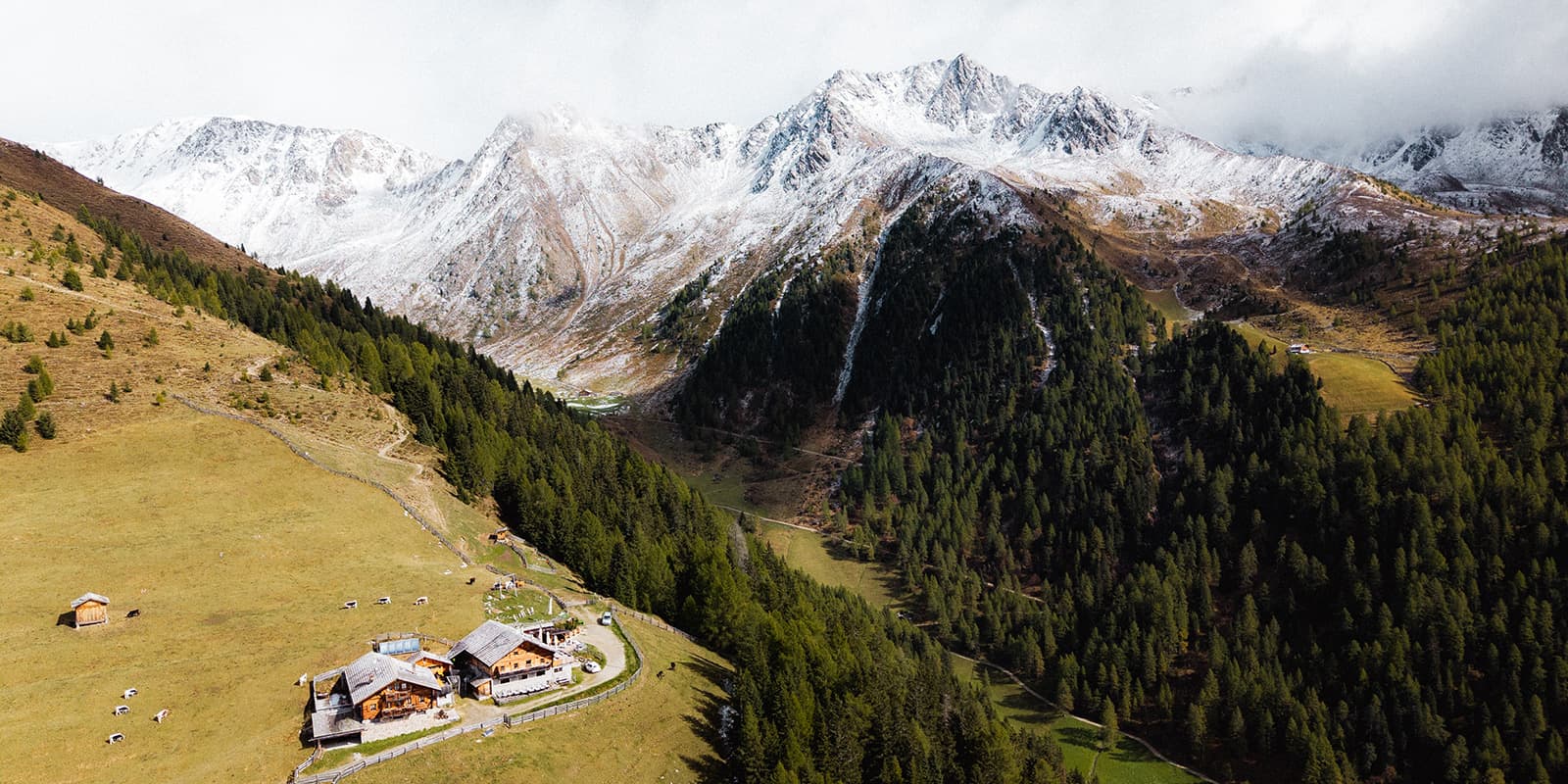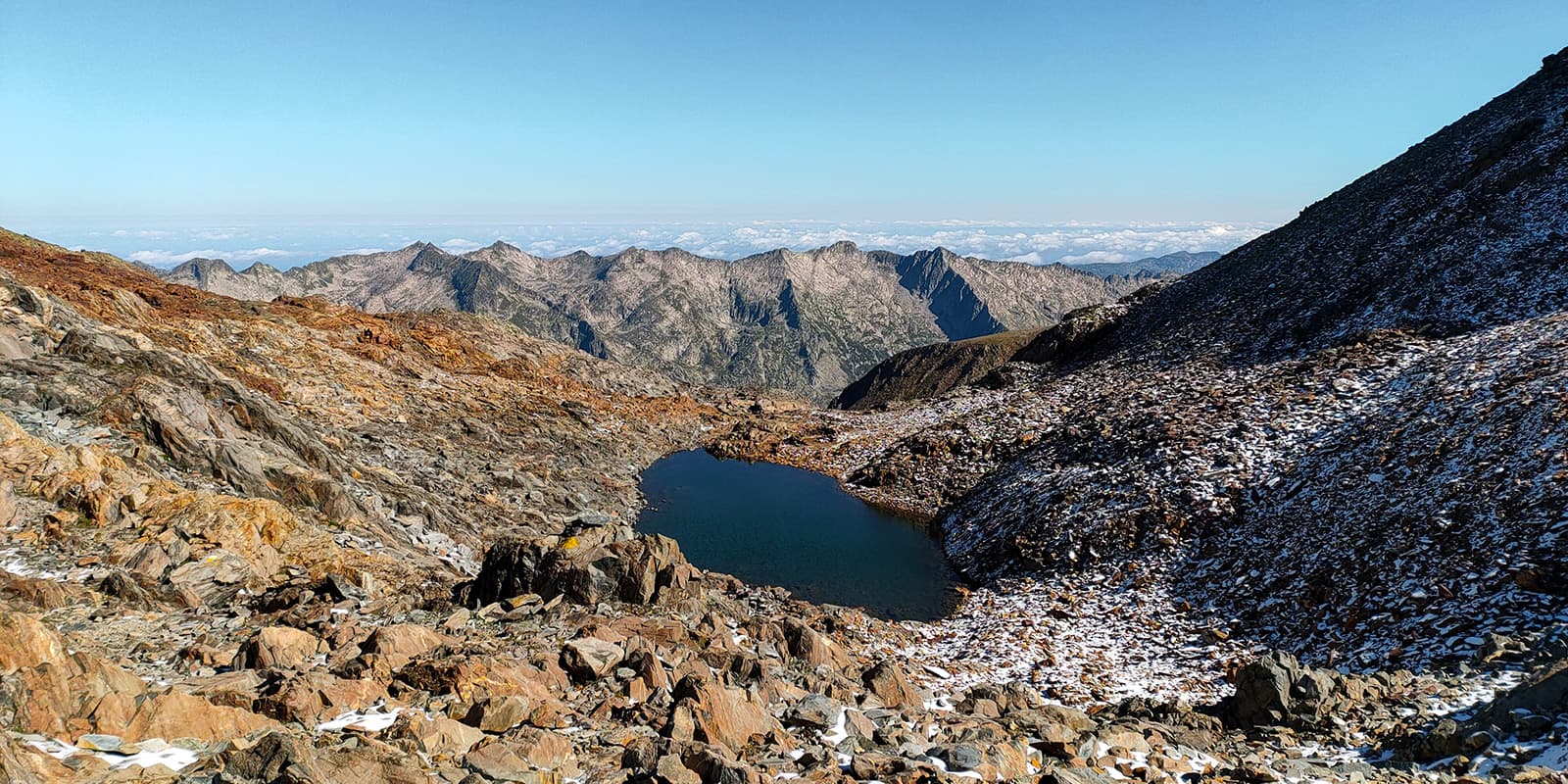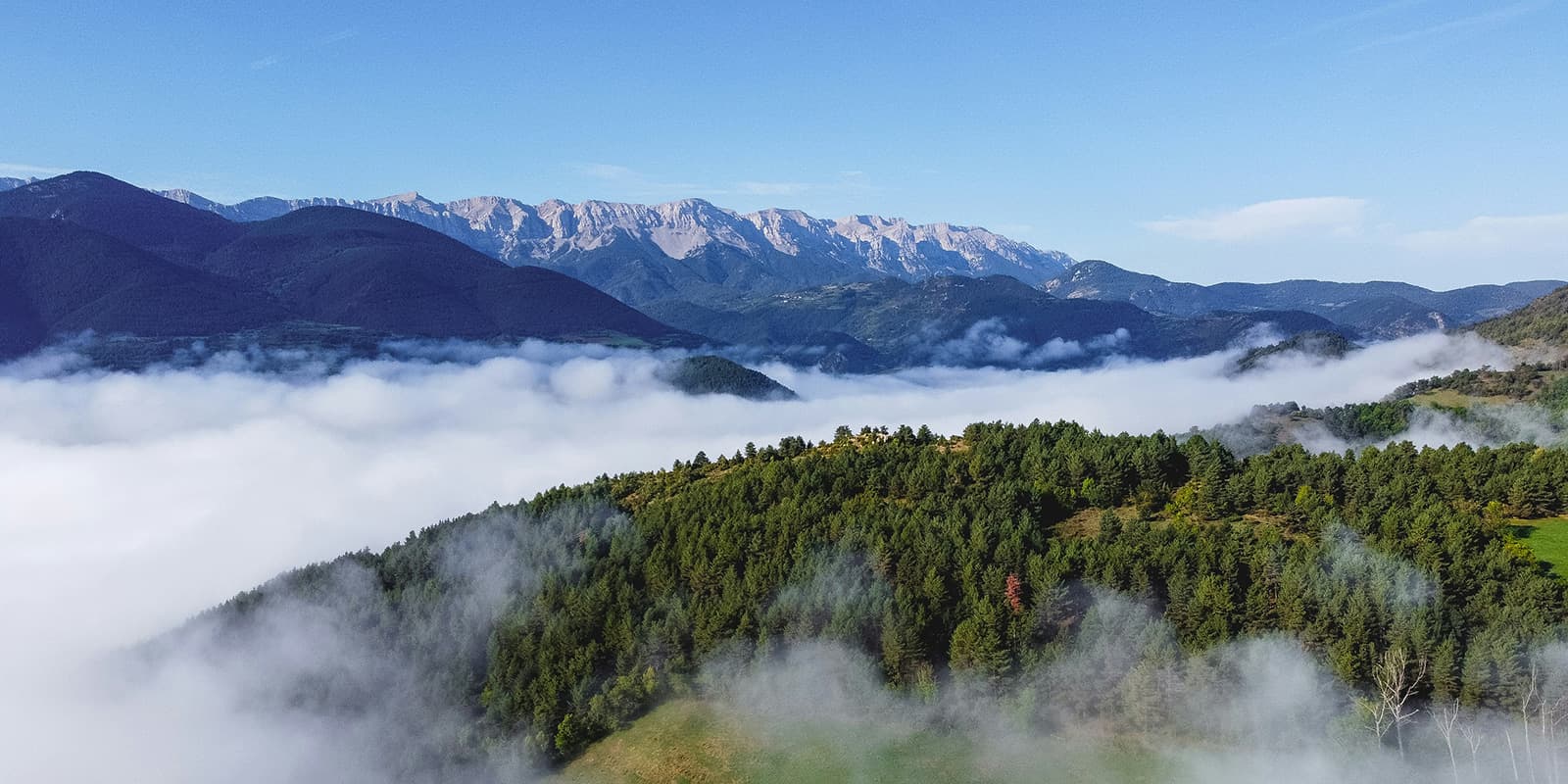Hiking is the most popular way to experience the St. Olavsleden trail. The trail is over 600 kilometers, from Selånger in Sweden to Trondheim in Norway. Depending on your pace and type of hiking, it generally takes about four weeks to complete the entire trail. However, many pilgrims choose to walk only sections of the route at a time, returning each year to continue from where they left off.
Some of us combine walking with other forms of transport, like trains, while others tackle the whole trail in one go. There is no right or wrong in how you choose to walk the St. Olavsleden, this is a great example of a time when you will “hike your own hike.”



